DOMPE/HAMBANTOTA, Sri Lanka ― Throngs of residents and central and local government officials braved the rain to observe a truck unload the first batch of trash into a newly launched landfill site in Dompe, Sri Lanka.
To the majority of the spectators, the event meant an about-face of one small yet unignorable part of their lives: for the first time ever, they will not have to discard garbage in open space and thus fall sick.
“Before, for so many years, the people of this locality just dumped their solid waste in open space, and as a result they suffered from many diseases,” Sri Lankan Environment and Renewable Energy Minister Susil Premajayantha said at a commencement ceremony, calling it a “paradigm shift.”
“Once you start this operation today of the sanitary landfill, now they can live peacefully without any health hazards.”
The Korea International Cooperation Agency was behind the country’s first-ever solid waste landfill. The $4.5 million facility boasts a capacity of handling up to 90 tons of garbage a day on a site of 20,000 square meters, up to 40 years, benefiting some 130,000 dwellers there.
For all its originality and significance, the project did not come easy. When KOICA floated the idea in 2008, city residents and politicians staged protests, resulting in a nearly six-year delay.
While they raised concerns over possible environmental damage, rather than benefits, in perhaps greater part, the very concept of composting and burying it apparently came as a fresh blow to many used to throwing just about everything anywhere.
“This is a pioneering project. Sri Lanka is now finally very willing to handle waste management. It’s a big issue all over South Asia, so Sri Lanka is trying to lead the way. One of their big objectives is to keep the country clean,” said Francoise Jacob, director and representative at the U.N. Office for Project Services in Colombo which also took part in the program.
“What’s important is that local authorities are also taking ownership because building an infrastructure is fine, but then you have to operate it and that’s where real challenges are.
The landfill project represents Seoul’s efforts to devise official development assistance projects that may not be grand but could distinguish itself from other bigger donors.
To the majority of the spectators, the event meant an about-face of one small yet unignorable part of their lives: for the first time ever, they will not have to discard garbage in open space and thus fall sick.
“Before, for so many years, the people of this locality just dumped their solid waste in open space, and as a result they suffered from many diseases,” Sri Lankan Environment and Renewable Energy Minister Susil Premajayantha said at a commencement ceremony, calling it a “paradigm shift.”
“Once you start this operation today of the sanitary landfill, now they can live peacefully without any health hazards.”
The Korea International Cooperation Agency was behind the country’s first-ever solid waste landfill. The $4.5 million facility boasts a capacity of handling up to 90 tons of garbage a day on a site of 20,000 square meters, up to 40 years, benefiting some 130,000 dwellers there.
For all its originality and significance, the project did not come easy. When KOICA floated the idea in 2008, city residents and politicians staged protests, resulting in a nearly six-year delay.
While they raised concerns over possible environmental damage, rather than benefits, in perhaps greater part, the very concept of composting and burying it apparently came as a fresh blow to many used to throwing just about everything anywhere.
“This is a pioneering project. Sri Lanka is now finally very willing to handle waste management. It’s a big issue all over South Asia, so Sri Lanka is trying to lead the way. One of their big objectives is to keep the country clean,” said Francoise Jacob, director and representative at the U.N. Office for Project Services in Colombo which also took part in the program.
“What’s important is that local authorities are also taking ownership because building an infrastructure is fine, but then you have to operate it and that’s where real challenges are.
The landfill project represents Seoul’s efforts to devise official development assistance projects that may not be grand but could distinguish itself from other bigger donors.

Fortified with development know-how and a technological edge, Korea is striving to carve out a niche as the global race heats up to secure a bigger presence in emerging markets through more effective and efficient assistance.
Albeit relatively small in international influence and economic power, Sri Lanka has set the stage for an intensifying competition in which China, Japan, India, the U.S. and other regional powers vie to capitalize on its coveted strategic location providing access to key markets.
KOICA’s project to build schools in northern regions hit by the 25-year civil war also speaks for the cause. It has put $5 million over the last three years into opening 12 primary and middle schools across the battle-stricken town of Kilinochchi, some 350 km north of the capital, to provide education opportunities for more than 6,600 needy students.
The U.N. OPS has been partnering with the grant aid agency for four years, also for the education programs in Kilinochchi and Ampara in the East.
“They were very good schools in places where children didn’t have schools at all ― they were under a tree,” Jacob noted.
“It’s been easy to discuss strategies with KOICA. Our understanding is that they’re really trying to expand and have a deeper analysis on what other needs this country has. … I also appreciate the fact that they’re working on the environment and renewable energy because in this country you can do a lot with renewable energy.”
In another notable initiative, KOICA set up the South Asian country’s largest international convention center in 2011 in the coastal city of Hambantota, which includes a 1,500-seat auditorium and related infrastructure and equipment. The facility has since provided the venue for major international events such as the Commonwealth Summit last year and the World Conference on Youth in May.
Building on the $7.24 million project, the Daebo Engineering and Construction, a Korean construction firm, won a 14.6 billion won ($13.2 million) contract from the Sri Lankan government to expand the center with three conference rooms and a cafeteria.
Seoul’s ODA disbursements topped $414 million between 1987 and 2012, making it Sri Lanka’s sixth largest donor following the Asian Development Bank, Japan, the International Development Association, the European Union and the World Bank’s International Finance Corporation, according to the Organization for Economic Cooperation and Development.
The limited overall aid scale, coupled with a lopsided reliance on concessional loans in proportion to grants, remains a major challenge.
Though China is not a member of the Paris-based agency’s donor club, it has emerged as a top partner for bilateral cooperation, offering about $6 billion chiefly in concessional loans since 1971, according to KOICA’s Sri Lanka unit.
“Sri Lanka’s strategic values are increasing as it sits on the saddle of a core maritime logistics route,” Korea’s Ambassador to Colombo Chang Won-sam said.
“While China and Japan remain a major source of assistance for Sri Lanka, Korea has its own advantage because it has no hidden agenda. And the two countries share many things in common ― 3,000 years of history, multi-religion and cultural society and the experience of a civil war.”
By Shin Hyon-hee, Korea Herald correspondent
(heeshin@heraldcorp.com)


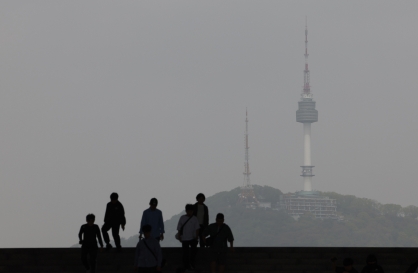
![[AtoZ Korean Mind] Does your job define who you are? Should it?](http://res.heraldm.com/phpwas/restmb_idxmake.php?idx=644&simg=/content/image/2024/05/06/20240506050099_0.jpg&u=)

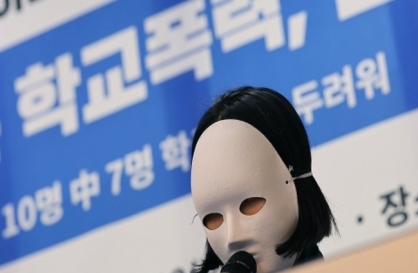





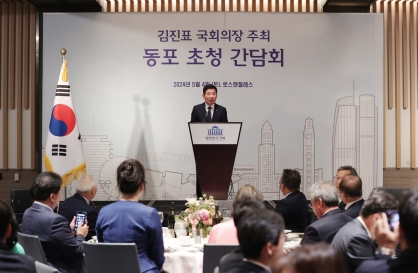



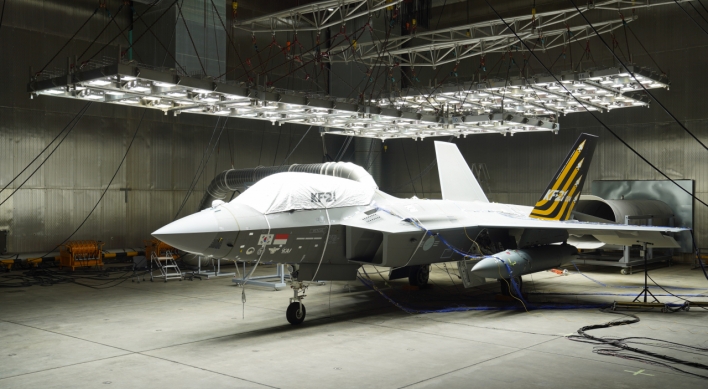
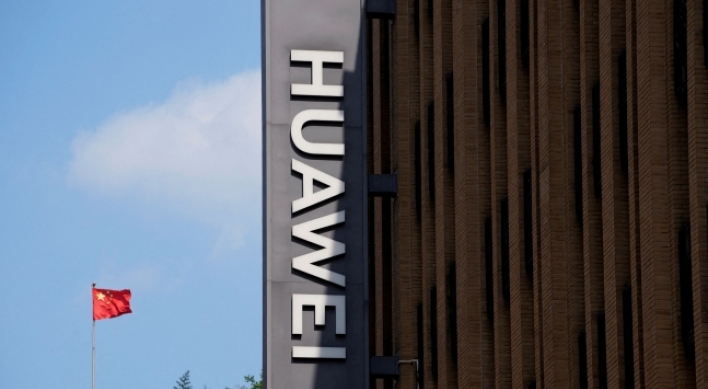

![[Today’s K-pop] Seventeen tops Oricon chart with best-of album](http://res.heraldm.com/phpwas/restmb_idxmake.php?idx=642&simg=/content/image/2024/05/07/20240507050676_0.jpg&u=)